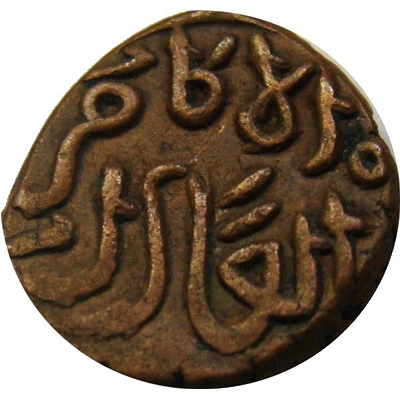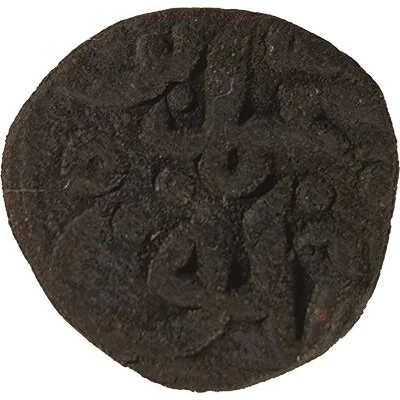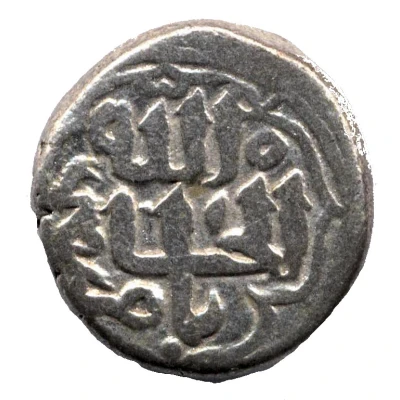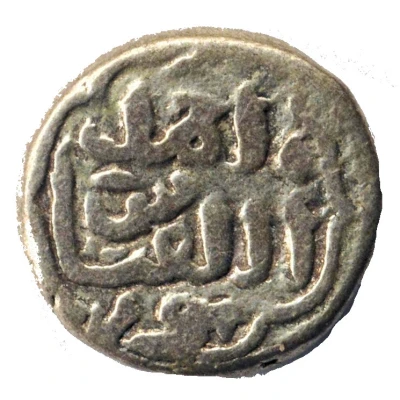


© Parimal (CC BY-NC-SA)
1 Paika - Muhammad bin Tughluq ND
| Copper | 3.61 g | 15.20 mm |
| Issuer | Sultanate of Delhi (Indian Sultanates) |
|---|---|
| Sultan | Muhammad bin Tughluq (1325-1351) |
| Type | Standard circulation coin |
| Years | 1325-1351 |
| Value | 1 Paika (1⁄48) |
| Currency | Tanka (1206-1526) |
| Composition | Copper |
| Weight | 3.61 g |
| Diameter | 15.20 mm |
| Shape | Round (irregular) |
| Demonetized | Yes |
| Updated | 2024-10-05 |
| Numista | N#88856 |
|---|---|
| Rarity index | 90% |
Reverse
Muhammad bin tughluq shah
No date. South Indian type.
Interesting fact
The 1 Paika coin minted during the reign of Muhammad bin Tughluq (1325-1351) is an interesting piece of history because it was issued during a time of significant economic and monetary reforms in the Sultanate of Delhi. One of the notable changes made by Muhammad bin Tughluq was the introduction of a new currency system, which included the use of copper coins like the 1 Paika, alongside silver and gold coins. This coinage system was designed to promote trade and commerce, and it helped to establish the Sultanate of Delhi as a major economic power in the region. The fact that the 1 Paika coin was made of copper, a relatively inexpensive metal, also speaks to the efforts of the Sultanate to make currency more accessible to a wider range of people, including those in lower socio-economic brackets. Overall, the 1 Paika coin serves as a reminder of the innovative economic policies and monetary reforms implemented during Muhammad bin Tughluq's reign.



